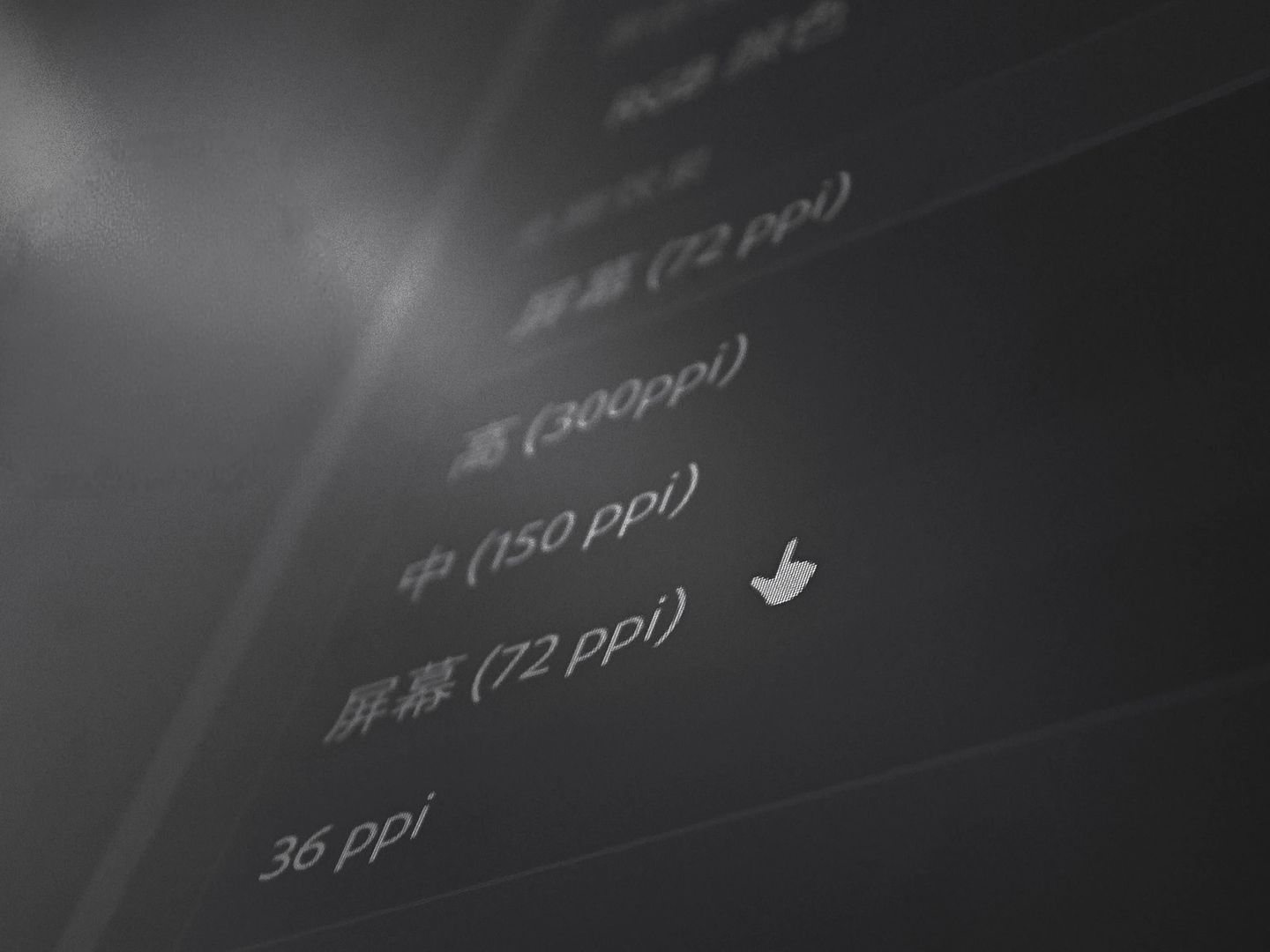When shopping for TVs, monitors, or phones, "resolution" is a familiar spec—think 4K or 1080P. But when faced with a large LED display, the concept seems to get blurry. You might wonder, "How exactly is the clarity of this massive LED screen measured?"
The truth is, how LED display resolution works is fundamentally different from traditional LCD screens. Understanding this is key to making the right choice. Let's break down the essentials of LED display resolution in simple terms.
I. The Core Concept: LED Displays Lack a "Fixed" Native Resolution
First, let's establish a crucial understanding: An individual LED module or a complete large-format screen does not have a fixed native resolution label like "1920x1080."
Its clarity is calculated, and can be customized based on needs. This is fundamentally different from an LCD, which has a fixed number of pixels set at the factory.

II. How is Resolution Calculated?
The resolution of an LED display depends on two fundamental parameters: the total number of pixels and the physical size of the screen.
The calculation is straightforward:
Determine the Total Pixel Count
This is the most fundamental step. An LED display is made of countless LED lamps that form "pixels." You need to know how many pixels the entire screen has horizontally and vertically.
Example:
Imagine an LED screen comprised of 160 columns (horizontal) and 90 rows (vertical) of pixels.
This screen's native resolution is 160 × 90 = 14,400 pixels. This means the entire screen uses 14,400 individual light points to display an image.
Total Resolution (Native Resolution) = Horizontal Pixel Count × Vertical Pixel Count
Understanding Pixel Density (Pixel Pitch)
Knowing just the total pixel count isn't enough because screens come in different sizes. To measure clarity, we introduce the critical concept of Pixel Pitch.
The Relationship Between Pitch and Resolution:
A smaller pixel pitch means more pixels can be packed into a given area, resulting in a potentially higher resolution display and a finer, more detailed image.
Pixel Pitch: The distance from the center of one LED pixel to the center of the adjacent one, typically measured in millimeters (mm). Examples include P1.25, P2.5, P3.9.
III. The Related Concept: Pixel Density (PPI) vs. Pixel Pitch
For those familiar with phones or monitors, PPI (Pixels Per Inch) is a standard measure of sharpness. In the LED world, pixel pitch serves a similar role.
You can even approximate the PPI of an LED display:
PPI ≈ 25.4 / Pixel Pitch (mm)
(Since 1 inch = 25.4 millimeters)
Example:
An LED display with a P2.5 pitch has an approximate PPI = 25.4 / 2.5 ≈ 10 PPI.
In contrast, a smartphone might have a PPI over 400. This explains why you see distinct dots when up close to an LED screen, but not on your phone.

IV. The Four Key Factors Determining LED Display Clarity
So, what ultimately determines the clarity of an LED display? It's the combined effect of these four factors:
Pixel Pitch - The Most Critical Factor
A smaller pitch allows for a higher potential resolution. This is the most important indicator of a screen's "innate" sharpness. On an equally sized area, a P1.2 screen can fit far more pixels than a P4.0 screen, allowing it to display much finer images and text.
Screen Size & Viewing Distance
Size: With the same pixel pitch, a larger screen has a higher total pixel count and can display higher-resolution content.
Viewing Distance: This is crucial for selecting the right pixel pitch. The concept of "Optimal Viewing Distance" is key: Optimal Viewing Distance (meters) ≈ Pixel Pitch (mm) × 1000 ~ 1500.
Close Viewing (e.g., meeting rooms, showrooms): Requires a small pixel pitch (e.g., P1.2 ~ P1.8) to ensure detail.
Distant Viewing (e.g., outdoor billboards, stage backdrops): A larger pixel pitch (e.g., P4 ~ P10) is acceptable because the human eye can't discern overly dense pixels from afar, significantly reducing costs.
Content Source Resolution
Your LED display might have millions of pixels, but if you feed it a low-resolution video signal (e.g., 720p), the screen cannot showcase its full potential. It's like watching a standard-definition movie on a 4K TV. To leverage a high-definition LED screen, you must provide matching high-definition source material (e.g., 1080p, 4K video).
Control System & Video Processing Capability
A powerful control system and video processor optimize the input signal through scaling, noise reduction, color enhancement, etc. This ensures the signal is accurately and clearly mapped to each pixel on the LED display, enhancing the final visual outcome.
Conclusion
How to calculate resolution? — Count the number of pixels horizontally and vertically, then multiply them.
What determines clarity? — Primarily dictated by Pixel Pitch, and jointly influenced by Screen Size, Viewing Distance, Content Source Resolution, and the Control System.
When selecting an LED display, move beyond asking, "Is this 4K?" Instead, ask:
"What is my primary viewing distance?"
"Based on this distance, what pixel pitch should I choose?"
"What screen size do I need?"
"Does the total pixel count for this size and pitch combination meet the clarity requirements of my content?"
By understanding these relationships, you become an informed buyer, ensuring your investment delivers the best possible visual return.